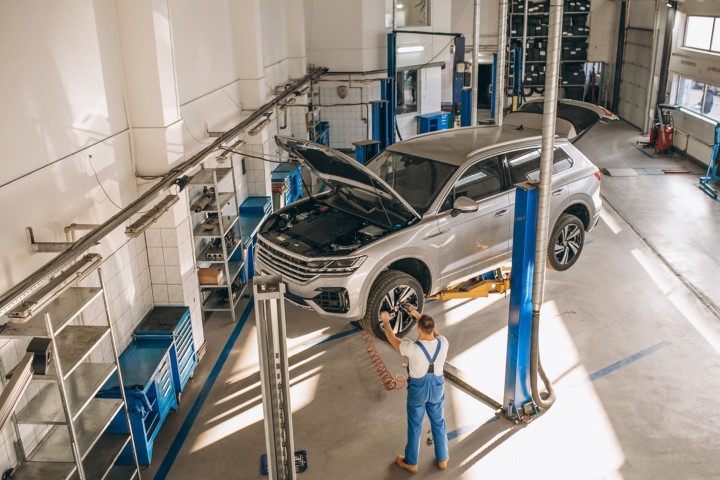
The U.S. is home to one of the largest automotive markets in the world, contributing significantly to vehicle sales and production. This can lead to the need for efficient automotive facilities. So, automotive facilities are continually seeking ways to streamline operations and maximize storage capabilities, and incorporating shipping containers into the mix can be helpful in the process.
Shipping containers can be repurposed as storage in the automotive industry, mainly because an automobile repair shop typically includes various equipment that must be stored safely. Learn more about how shipping containers can optimize storage in automotive facilities.
Versatility in Application
The versatility of shipping containers extends far beyond mere storage. These adaptable structures can be repurposed to fulfill various operational needs within automotive facilities. For instance, containers can be converted into on-site workshops for performing routine maintenance tasks or housing specialized equipment.
Additionally, they serve as portable offices for administrative staff or temporary break rooms for workers, enhancing operational efficiency by centralizing essential functions on-site. Such flexibility allows automotive facilities to optimize resources effectively, adapting to changing requirements without requiring extensive construction or renovation efforts.
Maximizing Space Utilization
Shipping containers excel at making the most out of available space. Their rectangular shape and standardized dimensions allow for efficient stacking and arrangement, maximizing storage capacity within automotive facilities.
By utilizing vertical space through stacking or employing specialized racks and shelving systems, containers enable facilities to store many automotive components, from smaller spare parts to more extensive equipment, without wasting valuable floor space. This optimized layout enhances storage density and facilitates easier inventory management and retrieval processes.
Mobility and Scalability
The mobility inherent in shipping containers enables automotive facilities to adapt rapidly to changing operational needs. Whether responding to fluctuations in demand or reconfiguring layout arrangements, containers offer unparalleled flexibility. Their portability allows for swift deployment and relocation, minimizing downtime and disruption to ongoing operations.
Containers can be stacked or arranged in various configurations to accommodate fluctuating storage requirements, providing scalability without traditional infrastructure constraints. This agility empowers automotive facilities to optimize their storage solutions dynamically, scaling resources as needed to meet evolving business demands.
Secure Storage Solutions
Security is crucial in safeguarding valuable assets within automotive facilities. Investing in shipping containers for automotive companies from a reputable marketplace can provide a robust defense against unauthorized access, theft, and environmental hazards. These containers are constructed from durable steel and have sturdy walls and reinforced doors, shielding stored inventory from external threats.
Containers can be equipped with advanced security features, including tamper-proof locks, intrusion detection systems, and surveillance cameras, to enhance protection further. With their secure enclosures and customizable security options, containers offer peace of mind to facility managers, ensuring the integrity and safety of automotive assets.
Cost-Effectiveness
From a financial perspective, shipping containers present a compelling value proposition for automotive facilities. Compared to constructing permanent buildings or leasing additional warehouse space, containers offer a cost-effective alternative with lower upfront investment and reduced long-term expenses. The relatively low acquisition cost and minimal maintenance requirements make containers an attractive option for optimizing storage infrastructure.
Their modular nature streamlines installation processes, minimizing construction expenses and accelerating deployment timelines. Over time, the long-term savings resulting from the use of shipping containers lead to actual cost savings, strengthening the financial performance of automotive facilities.










